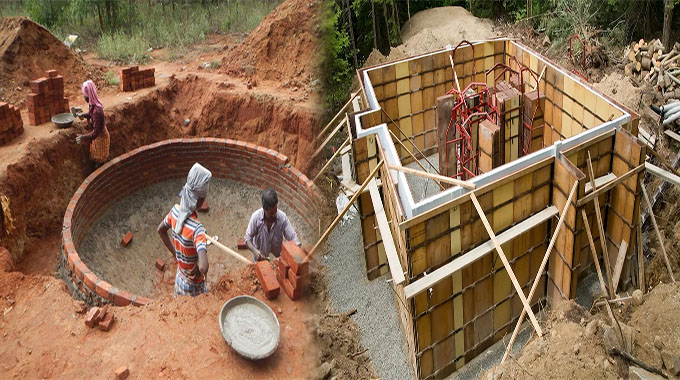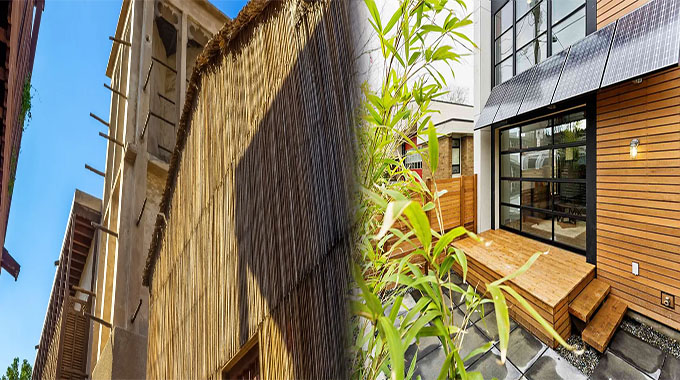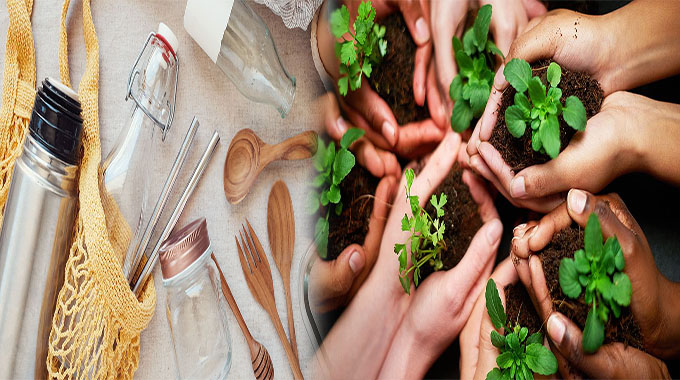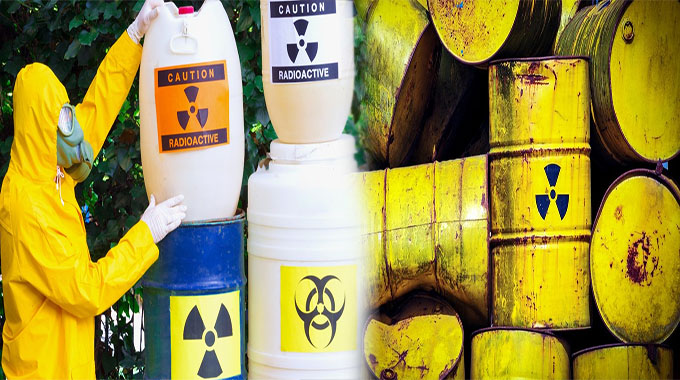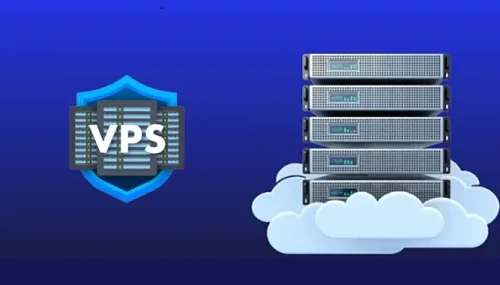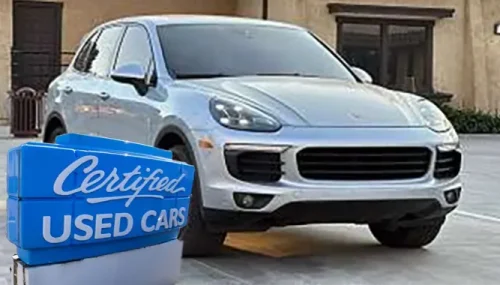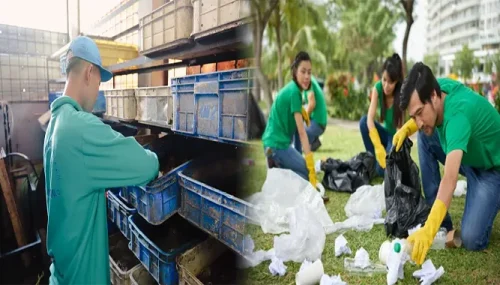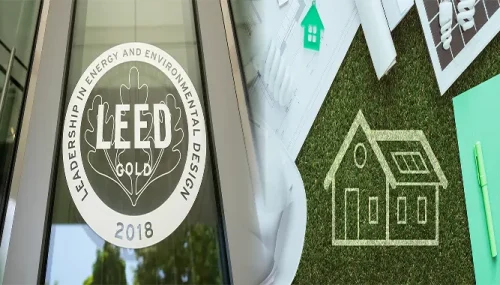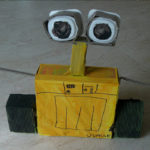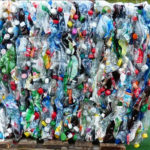Building A Bullshit-Free Eco-House
You’re ready to build a sustainable home, but where do you start? With all of the options and information out there it can be hard to know what’s right for you and your family. I’ve done all the research for you so you can get started on building an eco-friendly home that is customized for your needs. Here are my top tips for how to build an eco-house without wasting time or money:
You are going to need a plan.
Once you’ve made the decision to build a sustainable house, it’s important to have a plan. You will need to know how much space you have available and what tools and materials are needed for your project. It’s also important that any building project be completed within a reasonable amount of time so that it does not interfere with your life or other commitments.

